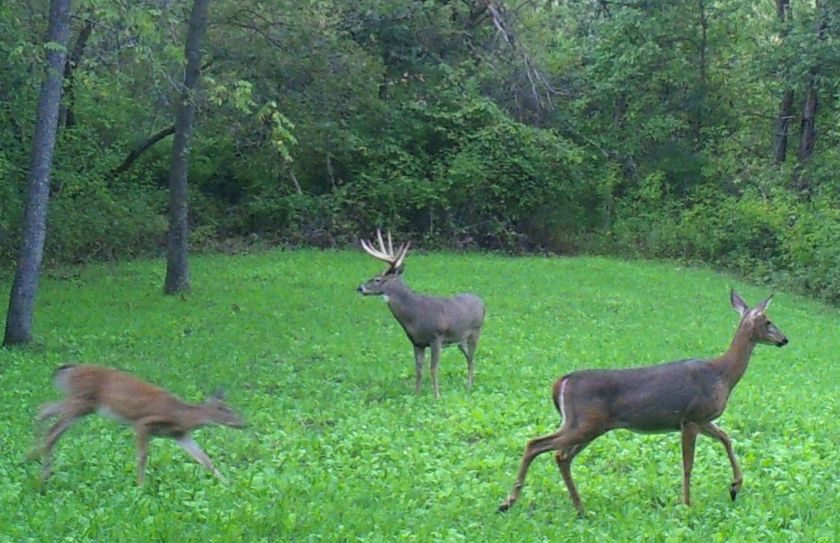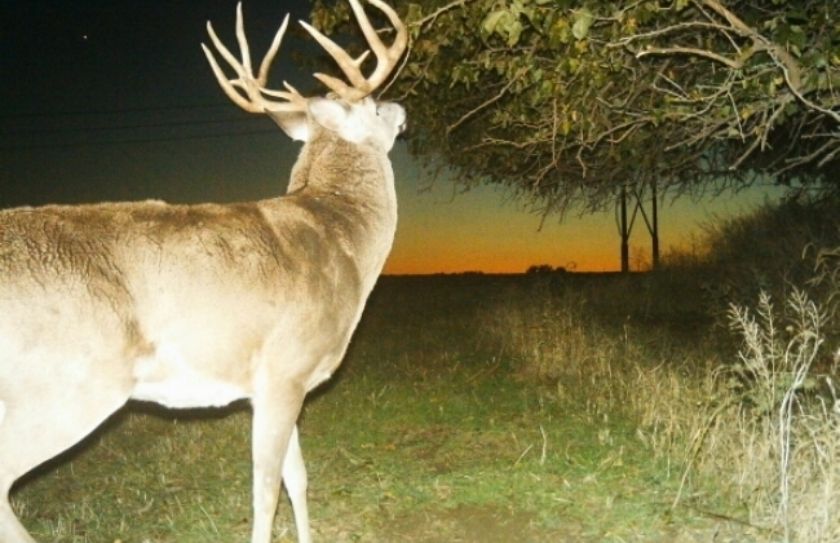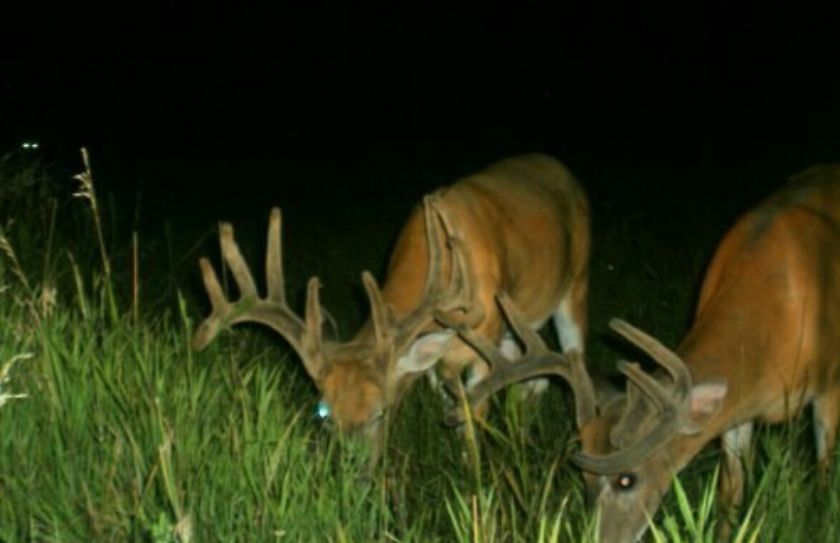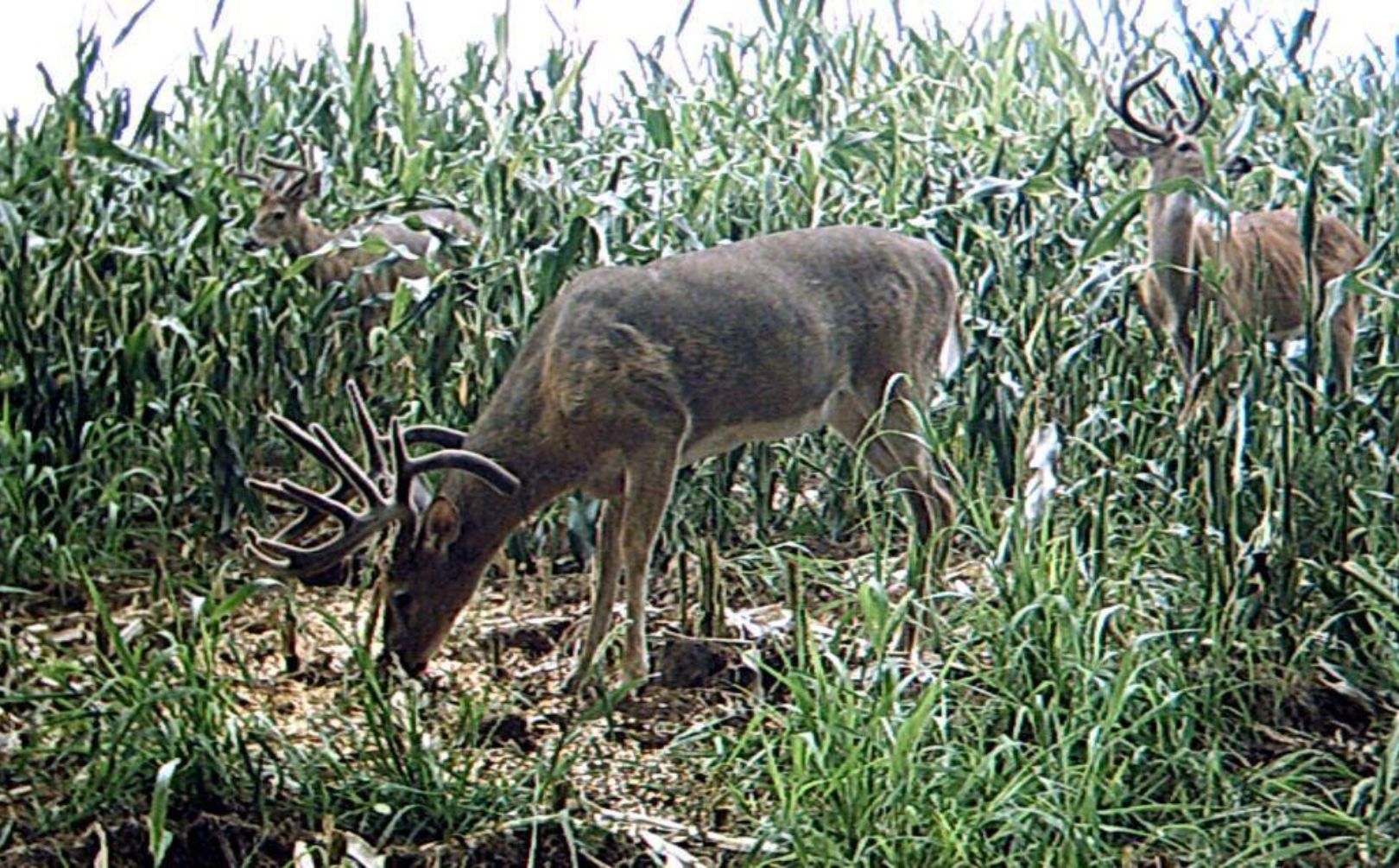
I would like you to take the time to reflect on the established deer movement patterns that are found on your favorite hunting grounds. Are they consistent? Do the patterns continue from year to year? And more importantly, where does the herd feed, where do doe family groups bed, where do bucks bed, and is there any room left over for mature bucks?
*The typical daily deer movement pattern includes these key components: Food to Doe Bedding to Doe/Buck Bedding Mix to Mature Buck Bedding...and then back again.

If you enjoy advanced whitetail strategies, you'll love my Whitetails By Design Book Series!
There is a huge opportunity awaiting the savvy hunter or land manager when it comes to recognizing established deer movement patterns. Now, this may seem like an pretty basic concept, but it isn't! Many times the opportunity for finding or creating deer movement patterns that establish an orderly sequence of preferred daily bedding patterns is missed. However, the opportunity for you is this: If you can recognize the naturally preferred deer movement patterns on the lands that you hunt, there may be no better deer hunting and deer habitat related effort that you can practice. If you follow along I am going to discuss the 3 conditions that you need to have, in order to take advantage of preferred deer movement patterns. Also, stay tuned until the end because after precision deer movements have been recognized, it is time for the hunting strategies that follow!
1. Food Defines The Base of All Deer Movement Patterns
The most predictable and easily recognizable movements in the deer woods is the pattern of deer travel between a whitetail's daytime bedding area, and their evening food source. But it doesn't stop there! The base of deer movement begins with the first area of bedding opportunity adjacent to a major evening destination food source.
The first layer of deer bedding adjacent food will most often be taken over by the most dominant doe family group in the area, and why not? A doe has a very small home range and prefers to spend as much time as possible, within close proximity to her high quality evening food source. Many times I have witnessed incredible food sources that featured high volumes of diverse plantings, along with a high level of attraction to the local deer herd. The only problem? The closest adequate bedding area was 200 yards away from the food source. That meant that doe family groups, which take over the first layer of bedding, had to travel 200 yards within a daily pattern of movement. Now 200 yards may not seem like a very great distance to travel, but that's not the point. Instead on a private chunk of land, that distance represents 200 yards of space that is wasted as it relates to the management efforts of the habitat.
By creating deer movement patterns that begin with a base of food that is directly adjacent to doe family group bedding opportunities you are well on your way to maximizing the efficiency of the land, by leaving enough room for buck bedding opportunities.
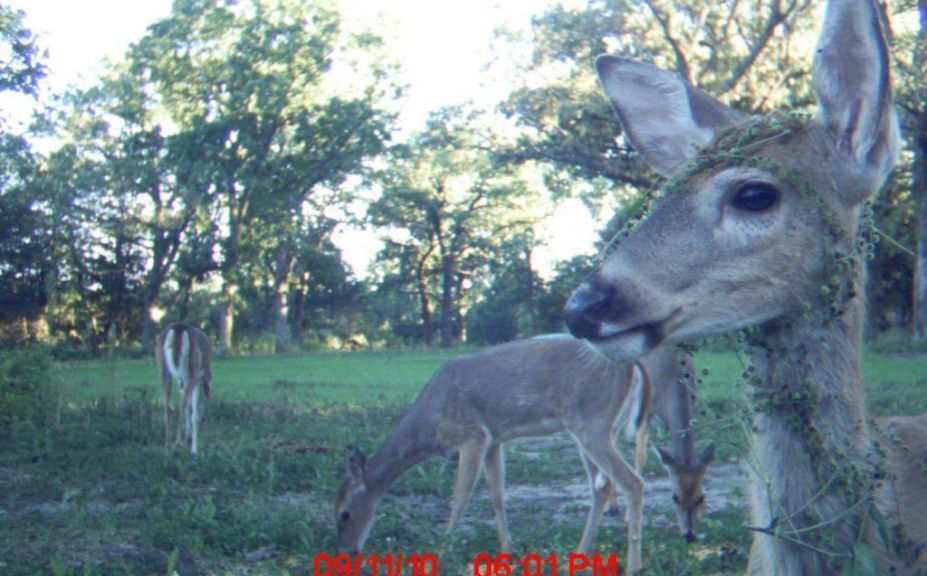
*When you create deer movements, always try to match your habitat improvements to the natural lay of the land. For more tips on creating natural deer movements read, "Natural Habitat and Hunting Designs".
2. Do Your Deer Movement Patterns Include Bucks?
When you start with food (whether it is on your's or your neighbor's land) and you then offer adjacent doe bedding opportunities, you are one step closer to creating enough space for buck bedding opportunities. Within mixed agricultural regions, a typical complete deer movement pattern can be 600 yards or more, including mature buck bedding opportunities. However, depending on the % of cover vs open land (ag lands are typical) the distance of total deer movement pattern will vary greatly. From what I have experienced across the country, the rough, typical movements are as follows:
A. High % Ag Locations
-200 yards or less
B. Mixed Ag Regions
-400 to 600 yards
C. Wilderness Setting
-1/2 Mile to 1 Mile
However, each of those movements can be reduced to maximize your hunting efficiency. Shorter movements feature a more controlled and defined movement pattern, which allows you as the game manager to take advantage of by more effectively maintaining balanced populations, advancing bucks to the next age class if desired, and improving sex ratios. By leaving much smaller gaps between the beginning and the end of deer movement patterns you can hunt the most compact pattern possible for your area, which includes mature buck bedding opportunity.
The above distances per habitat type, can be typically cut in 1/2 or even better when a landowner is dedicated to creating precision deer movement patterns. Major deer movements (not cover) anchors deer movement patterns, so when you start by leaving enough room for doe bedding opportunity adjacent to consistent food sources, the beginning of a compact movement can be efficiently defined. But what comes at the end of the movement? Mature buck bedding opportunity.
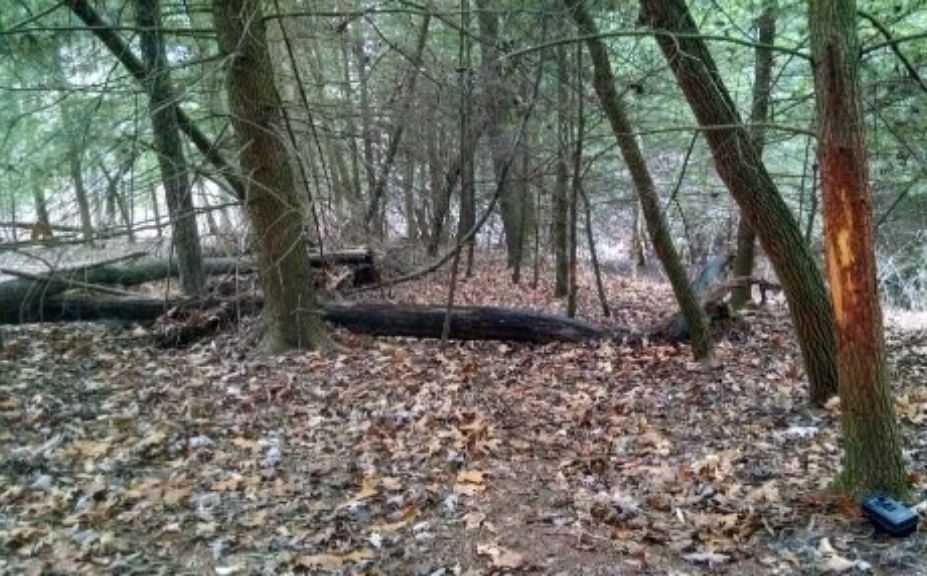
*Do you need some tips for how to find mature buck bedding hotspots? Try reading,"Scouting Deer Bedding Areas".
3. Mature Buck Bedding Opportunity: The End Of Deer Movement
Although no deer movement can begin without recognizing food based doe family group bedding opportunities, no deer movement can end without established buck bedding opportunities. Think of the entire movement like this:
A. Food
B. Doe Bedding
C. Doe Bedding/Buck Bedding
D. Mature Buck Bedding
The more compact that you can recognize or create the complete movement pattern relative to the balance of habitat in your region, the greater your potential for herd, habitat and hunting success. It doesn't hurt to find a highly defined an compact deer movement when hunting public land either!
What is "mature buck bedding opportunity"? The same as doe bedding opportunity. I suggest avoiding sizes of deer beds or bedding areas, but instead focusing on locations that match the lay of the land and are conducive to deer bedding opportunity. Decreasing canopy and increasing stem counts of native regeneration of woody and herbacious growth is a great start! Making sure to have a % of conifer, grasses, weeds, briars, shrubs and hardwood regeneration is the "complete package" of deer bedding components for both bucks and does. Finally, making sure that deer can easily move throughout their bedding areas without ducking, diving and jumping is critical no matter where you are located.
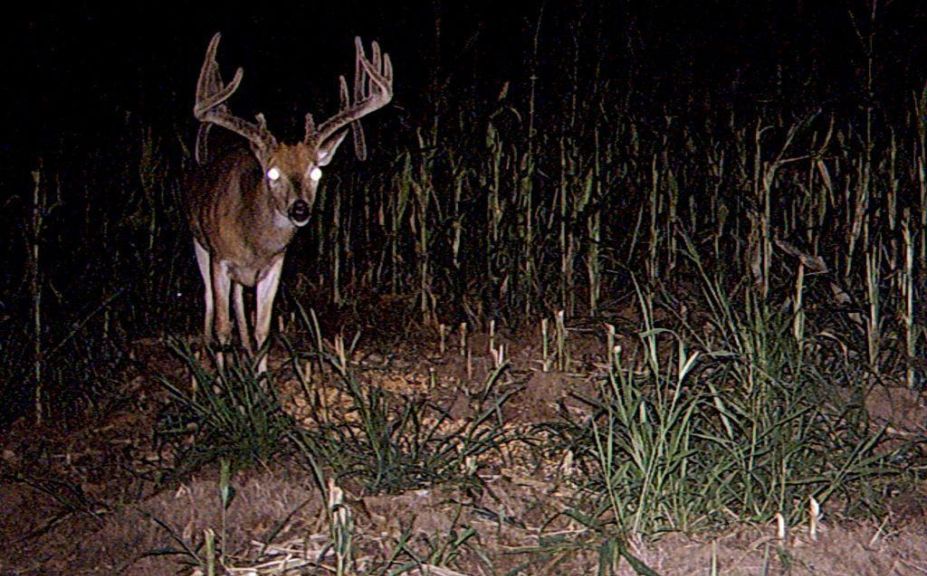
*By far the best mature buck hunting tactic that I have found has been to sneak into a morning treestand on the back side of a buck's bedding area. To read more on this proven strategy, take a look at"Morning Treestand Access Guide".
Precision Deer Movements Equal Defined Hunting Opportunities
Of course many books can be written regarding hunting tactics, but when hunting a preferred deer movement pattern it boils down to this:
A. Hunt the backside (downwind) edge of the movement during morning hours for bucks, in particular during the first frosty mornings of the pre-rut.
B. Take a stand along side the movement, between bedding opportunities and the evening food source for all day buck cruising activities or afternoon food source movement patterns.
C. Hunt the food source end of the movement during the afternoon, in a stand that allows you to get in and out of the food source without spooking the deer herd.
Maybe that sounds too easy, but when you are in the practice of recognizing highly defined deer movement patterns, the level of your hunting success will be just as defined.
Conclusion
You have an opportunity for a high level of herd, habitat and hunting success when you recognize preferred deer movement patterns. Can you located a preferred deer movement pattern on private or public land? Can you create an efficient deer movement pattern? Can you reduce the total length of deer movement from food source to mature buck bedding? Can you increase the quality of the pieces of the movement, including food sources, travel corridors and bedding areas? You sure can! And that is a collection of incredible opportunities awaiting anyone who steps foot in the whitetail woods.
